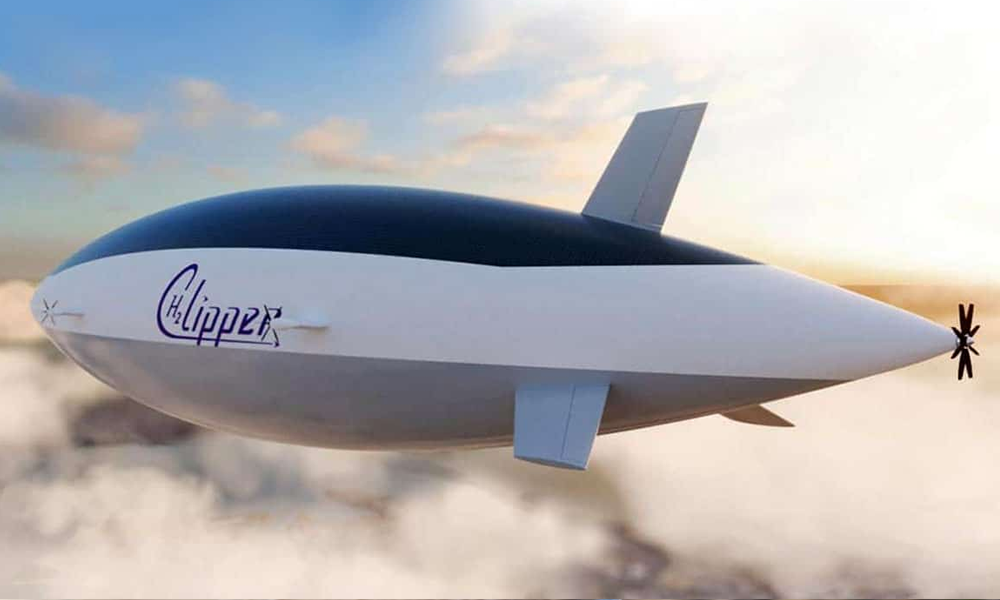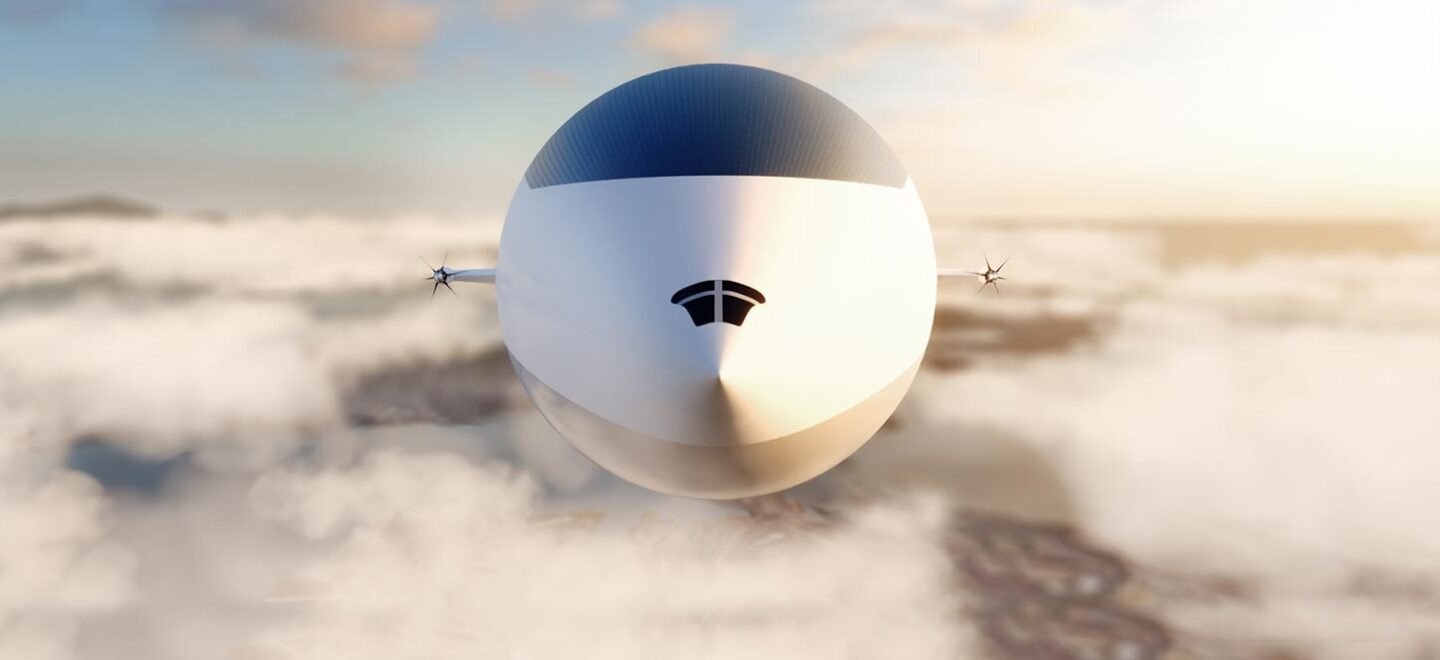
This hydrogen balloon carries 10 times more goods than a cargo plane


Quiet strength. Concretely, with its 282 km / h displayed, the airship of H2 Clipper is faster than a freighter but it does not have the speed of an airplane. On the other hand, this quiet force crushes the plane when it comes to transit loads: 150,000 kilos to be distributed over 7,530 cubic meters of cargo space.

Running on hydrogen, the H2 Clipper's device will be fully electric and fitted with a fuel cell. A solution that could not be greener to connect two points almost 10,000 kilometers apart on a single fuel tank. What is more, certain visuals show coatings in photovoltaic cells, which could further extend its autonomy. Price level, H2 Clipper estimates its tonne-mile between 0.177 and 0.247 dollars (0.16 euros and 0.22) for distances between 1,000 and 6,000 miles (between 1,600 and 9,600 kilometers). According to the company, this represents a quarter of the price of current air transport.
We're heading for the airship. Far from being the only airship fantasy in the current mobility landscape, the H2 Clipper's device could elbow in the future crazy projects such as the Hybrid Air Vehicles recognizable by its shape of the buttocks or the EOS Avalon designed for the police. Also, good proof of the potential of the machine, the founder of Google is developing one for his part. However, before these projects take off, a major obstacle will have to be overcome: the use of hydrogen for airships is banned in Europe as well as in the United States, following too many problems. We imagine that with the growing needs for cleaner mobility, legislation in the field could evolve.
